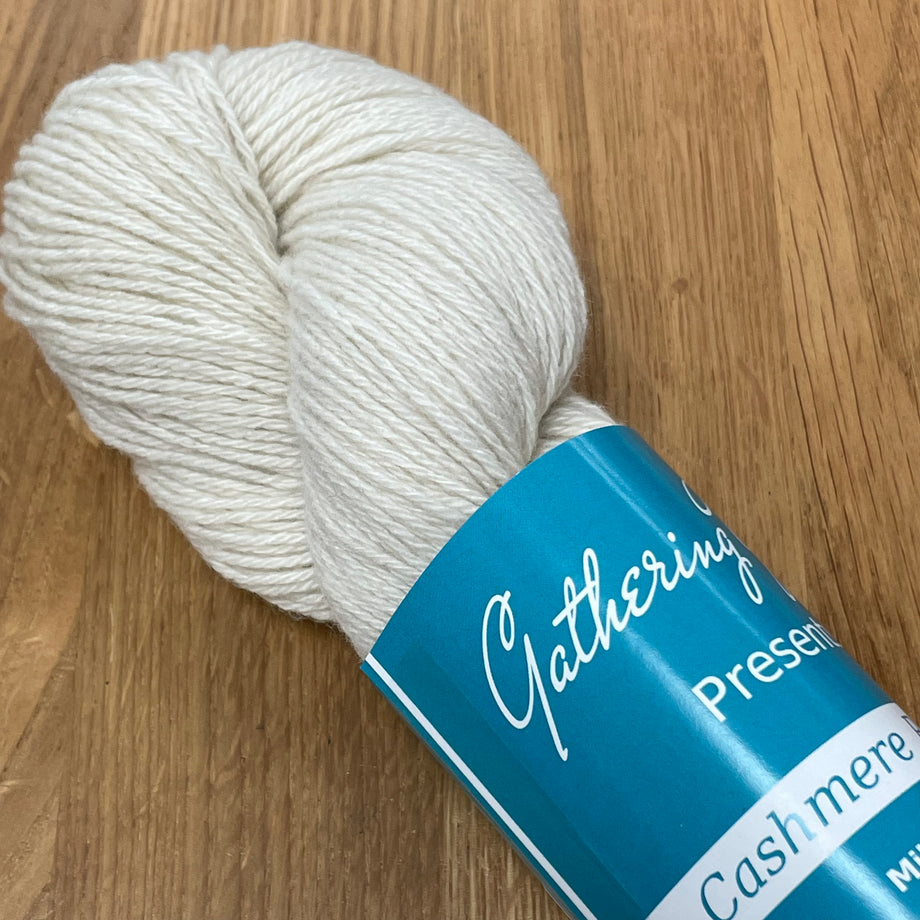The History and Benefits of cashmere in Crafting Luxurious Clothing
The History and Benefits of cashmere in Crafting Luxurious Clothing
Blog Article
Discover the Appeal of Cashmere an All-natural Fiber: Why It's a Must-Have in Your Closet
The attraction of cashmere, a high-end natural fiber, transcends simple visual appeals. Stemming from the Kashmir region, this lightweight yet durable product has actually woven its way into premium fashion because of its one-of-a-kind residential properties and flexible allure. From discussing its appealing origin to understanding its manufacturing process, top quality, and treatment, it's worth checking out why cashmere holds such an unique place on the planet of textiles. Discover the class and substance of this fiber as we start an exploration of its allure.

The Beginning and Background of Cashmere: A Brief Summary
While lots of might view cashmere as a simple luxury, its background is steeped in abundant cultural practice. Originating from the Kashmir area in India, cashmere woollen has been generated for thousands of years. The fiber is acquired from the soft undercoat of cashmere goats, gathered throughout their molting season.
Understanding the Special Characteristics of Cashmere Fiber
Cashmere, renowned for its distinct qualities, stands apart in the world of fabrics. This lavish fiber is unbelievably soft, supplying a comfy and comfy feel unlike any kind of various other. It is substantially warmer than woollen, making it an ideal selection for wintertime garments. In spite of its heat, cashmere is remarkably lightweight and does not include unnecessary mass. This natural fiber is also recognized for its toughness. While various other products might wear down over time, cashmere retains its quality, guaranteeing long-lasting wear. Ultimately, cashmere possesses an unique visual allure. Its gentle gloss and beauty make it a staple in premium fashion. Recognizing these residential or commercial properties clears up why cashmere is not simply a luxury, but a beneficial investment for any kind of wardrobe.

The Process of Producing Cashmere: From Goat to Garment
To appreciate the lavish buildings of cashmere fully, one should recognize its journey from the raw fiber to the completed product. The procedure starts with the cashmere goats, predominantly located in Mongolia, China, and Iran. The pure cashmere is after that colored, rotated into yarn, and lastly knitted or woven into the sought after garments.

Decoding the Quality and Rate: Why Is Cashmere so Expensive?
The steep cost of cashmere garments often leaves consumers questioning about its reason. The expenditure stems official site primarily from the arduous manufacturing process. is cashmere a natural fiber. Cashmere stems from the fine undercoat of the cashmere goat, with each goat creating a simple 150 grams each year. The labor-intensive process of brushing and gathering the unusual fiber dramatically drives up the expense. The processing of raw cashmere requires both time and experience, with the fibers requiring to be thoroughly arranged, cleaned, and spun. Additionally, the shortage of pure cashmere, combined with its remarkable gentleness, warmth, and longevity, validates its luxury condition and high rate. These variables integrated make cashmere a pricy yet very sought-after asset in the globe of fashion.
Cashmere in vogue: The Convenience and Timeless Appeal
In spite of its high cost, the classic appeal and convenience of cashmere have solidified its place in the world of fashion. The fiber's special texture, defined by its softness and warmth, has come to be synonymous with luxury and comfort. Its flexibility prolongs past seasonal patterns, making it a wardrobe crucial in numerous kinds, from stylish sweaters to posh headscarfs. The flexible nature of cashmere enables its combination right into both informal and official clothing, indicating look at this now its broad allure. The fabric's withstanding appeal over the years testifies to its classic beauty. As patterns reoccured, cashmere stays a constant, its attraction undiminished, continuing to influence and shape the style sector's landscape.
Caring for Your Cashmere: Upkeep and Conservation Tips
Ensuring the durability of cashmere garments calls for certain care and interest. These treasured possessions need to not be thrown right into the washing equipment with regular washing. Rather, hand cleaning with gentle, pH-neutral soap in warm water is recommended. After washing, they should not be wrung out. Instead, they must be gently pressed between towels to soak up excess water, after that laid level to completely dry. Regular brushing with a cashmere comb can protect against pilling. Keeping these products in an amazing, completely dry location, preferably in a breathable bag, can shield them from moths and humidity (is cashmere a natural fiber). An occasional airing outside, away from straight sunlight, can revitalize the fibers. With these maintenance and preservation suggestions, one can ensure their cashmere stays sturdy and luxuriously soft.
Final Thought
Cashmere, with its unequaled softness and heat, provides both deluxe and durability. Discover the attraction of cashmere and elevate your style repertoire.

Report this page